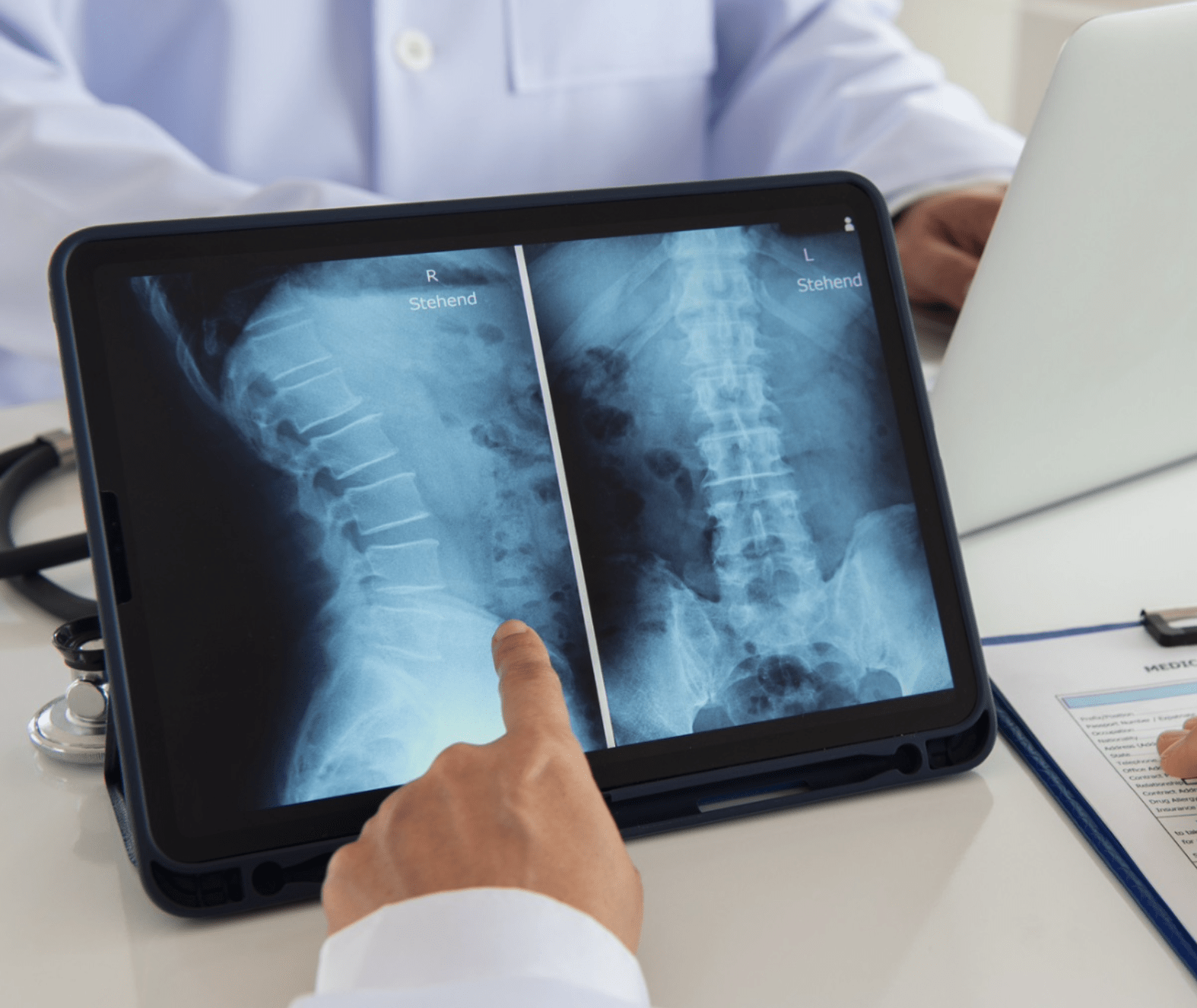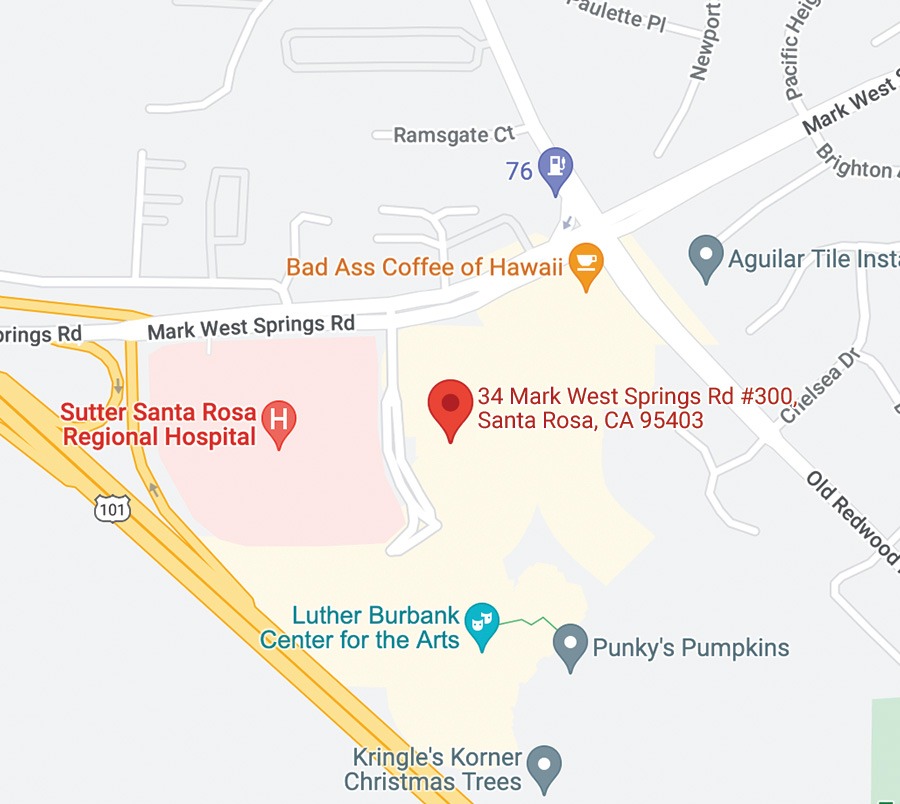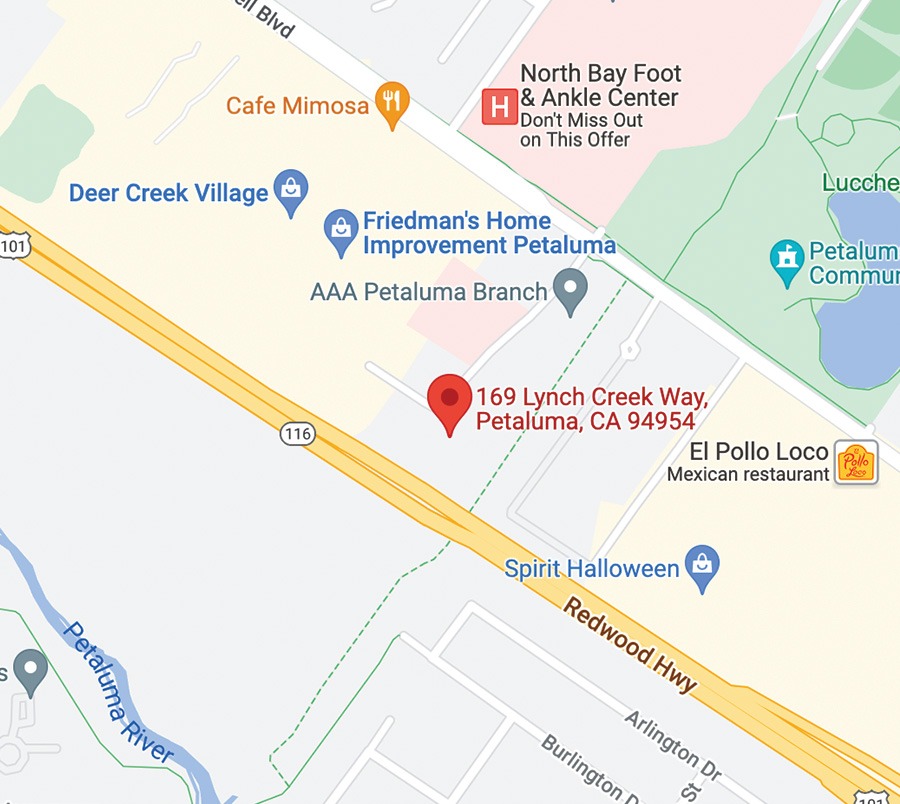
Extreme Lateral Interbody Fusion (XLIF) is a relatively new and advanced approach to spinal fusion surgery. During this procedure, the patient is positioned on their side, and the spine is accessed from the side of the body, in what is known as the lateral approach. This is different from traditional methods of spinal surgery, which access the spine either from the front of the body (anteriorly) or back of the body (posteriorly). This lateral approach allows surgeons to access the space between each spinal disc without cutting through the major muscles, tissues and organs of the back and abdomen.
For patients suffering from spinal conditions such as instability or improper motion between the vertebrae from L2-L5, XLIF is the best option to relieve nerve root compression and correct spinal deformities.
When must XLIF be performed?
A person with the following disorders that require lumbar fusion may opt for this advanced procedure:
- Degenerative scoliosis
- Disc degeneration
- Low-grade spondylolisthesis
- Herniated disc
- Spinal deformity
How is this surgery performed?
XLIF is an endoscopic spine surgery performed with microsurgery tools and techniques. This surgery takes about an hour to complete. It’s generally performed under general anesthesia so the patient is asleep during the procedure.
Nerves leaving the spinal column are usually close to the psoas muscle and may run over it. The psoas muscle is a large muscle that extends from the lower spine, wraps around the pelvic area, and attaches to the hip. Surgeons utilize electromyography (EMG) to avoid damage to the nerves. EMG provides surgeons with real-time information about the nerve position relative to the instruments. This enables the surgeons to ensure that no nerve is damaged or compromised during this procedure.
Steps of the procedure
- After the patient has been put under general anesthesia, the patient is positioned on the side of their body. The surgeon uses an X-ray to identify the disc that has to be removed.
- Once the disc is located, the surgeon will mark the skin directly above the disc with a marker.
- The surgeon will then make a small incision in the flank (the flank is the lower back region of the trunk located between the hips and lower ribs).
- The surgeon will use a finger to separate the peritoneum from the abdominal wall. The peritoneum is a sac that covers and protects the organs of the abdomen.
- A second incision will be made on the side of the patient’s body, and a tube-like instrument called a tubular dilator will be inserted.
- An X-ray will be used to ensure that this dilator is positioned precisely over the intervertebral disc.
- Then a blunt tool such as a probe is inserted into the psoas muscle to separate it.
- A retractor tool is then used to allow access to light and instruments in the disc space.
- Once the surgeons have direct access to the disc space, the standard discectomy (removing intervertebral disc) can be performed with the tools designed to cut and remove the disc.
- A spacer containing bone graft material will then be placed into the disc area. The spacer holds the vertebrae properly and helps with the fusion process.
- Surgeons use an X-ray image to ensure the implant is correctly placed. The retractor is removed, and the small incisions are closed with a few stitches and a bandage.
- In some conditions, the surgeon may opt for additional support such as rods, plates or screws to provide spinal stability after XLIF surgery.
Recovery Process
As XLIF is a standalone procedure, the recovery is relatively rapid compared to traditional methods. After the surgery, the patient will be moved to the postoperative recovery area to monitor their vital signs closely. Most patients are discharged from the hospital within 24 hours after the surgery.
After discharge, the patient will have several follow-up checkups with their surgeon to assess their progress. The medical team will advise the patient as to all of their required pain medications, activities for the physical therapy, and their timeline for resuming your normal daily activities.
Benefits of XLIF Surgery
- Patients experience less pain as the back muscles, ligaments and vessels are left undisturbed due to the lateral approach.
- This procedure has a quick recovery time as compared to traditional methods.
- The whole procedure is completed within an hour, so patients have a shorter stay at the hospital.
- Blood loss, scarring and tissue damage are minimized as only small incisions are made in this procedure.
- Patients can often walk on the day of the XLIF procedure.
Potential Risks and Complications
Like any other surgical procedure, XLIF has certain risks and complications. However, these risks have the lowest chance of occurring in XLIF compared to conventional methods.
- Infection
- Muscle weakness
- Failure of fusion
- Persistent pain
- Stroke
- Pneumonia
- Injury to blood vessels
- Injury to the spinal cord or nerve
- Deep vein thrombosis (clotting)
- Urinary tract infection
Discover the Benefits of XLIF Surgery at SRO Spine Center
 Dr. Christian Athanassious is the medical director of SRO’s Spine Center and is a recognized leader in the field of both non-operative and operative care of spinal conditions. Read more…
Dr. Christian Athanassious is the medical director of SRO’s Spine Center and is a recognized leader in the field of both non-operative and operative care of spinal conditions. Read more…



